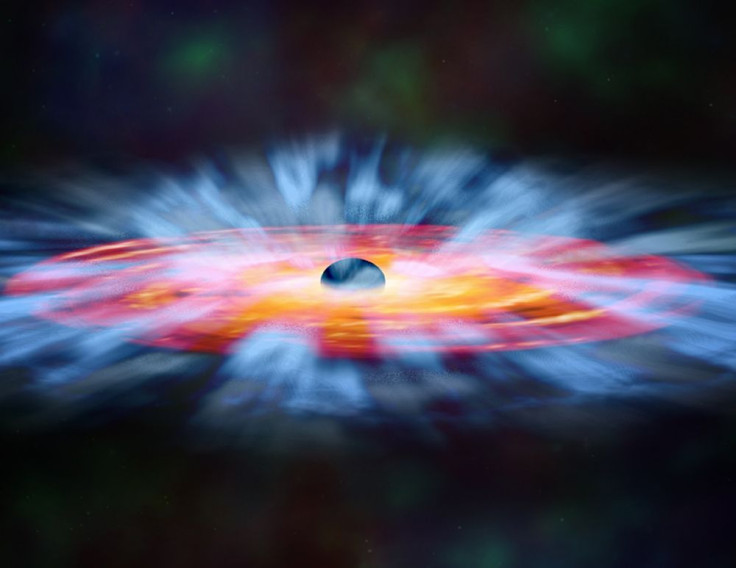Scientists Create Algorithm That May Help Capture The First Real Image Of A Black Hole

In the cosmic scale of things, black holes are a dime a dozen. Despite this, and despite what Christopher Nolan’s sci-fi blockbuster “Interstellar” would have you believe, we humans have never actually seen one with our eyes.
That may be about to change.
A team of researchers from the Massachusetts Institute of Technology’s artificial intelligence laboratory and the Harvard University revealed Monday that they had developed an algorithm that may allow us to actually “see” black holes.
“We would never be able to see into the center of our galaxy in visible wavelengths because there's too much stuff in between,” Katie Bouman, an MIT graduate student in electrical engineering and computer science who led the development of the new algorithm, said in a statement. “A black hole is very, very far away and very compact. It's equivalent to taking an image of a grapefruit on the moon, but with a radio telescope. To image something this small means that we would need a telescope with a 10,000-kilometer diameter, which is not practical, because the diameter of the Earth is not even 13,000 kilometers.”
The algorithm, which the researchers call Continuous High-resolution Image Reconstruction using Patch priors, or CHIRP, will essentially fill in the gaps in data collected by radio telescopes spread across the surface of the planet — thereby mimicking one giant telescope — in order to create an image of the black hole. The algorithm would do so by sifting through the vast pile of gathered data, removing the interference and noise, and then translating what’s left into a visual image.
“You could think of the model as a rubber sheet covered with regularly spaced cones whose heights vary but whose bases all have the same diameter,” the researchers explained in the statement. “Fitting the model to the interferometric data is a matter of adjusting the heights of the cones, which could be zero for long stretches, corresponding to a flat sheet. Translating the model into a visual image is like draping plastic wrap over it: The plastic will be pulled tight between nearby peaks, but it will slope down the sides of the cones adjacent to flat regions.”
So far, six observatories that are a part of an international collaboration known as the Event Horizon Telescope, which seeks to capture an image of Sagittarius A* — the black hole at the centre of our galaxy — have signed up to join the project.
© Copyright IBTimes 2025. All rights reserved.





















